Philips OLED 909 review: sounds like a dream – and looks like one too
Philips' top-end OLED TV is its boldest and brightest – and the built-in soundsystem is sensational too

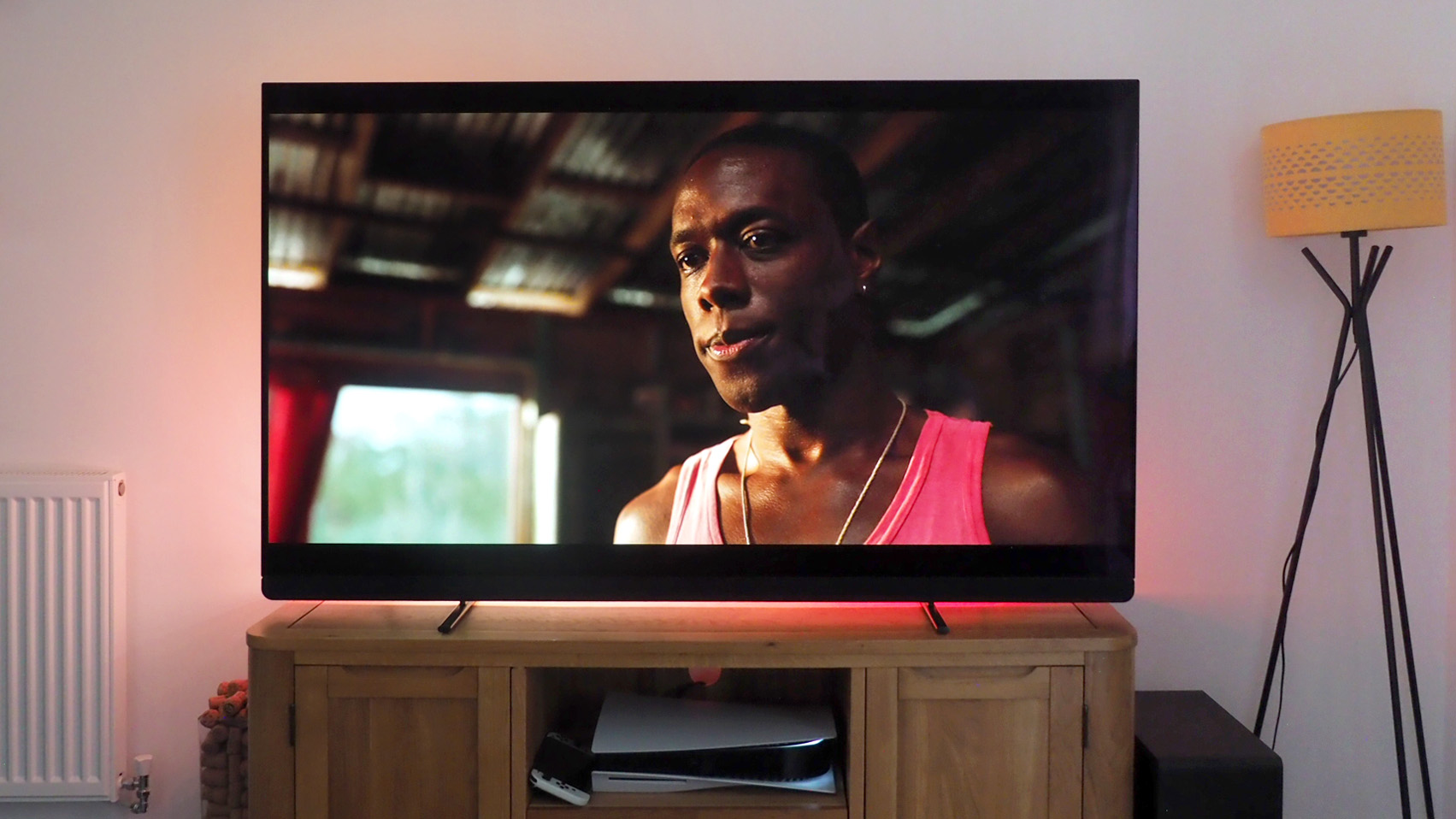
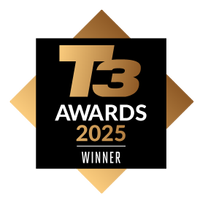
There are a number of key reasons to buy the Philips OLED 909: the second-generation MLA-type OLED panel is best-of-best, on par with its competition bar for near-black-level processing; four-sided Ambilight is a unique beyond-the-picture feature that looks stunning; and Bowers & Wilkins' built-in soundsystem sounds spectacular and negates the need for a soundbar. However, with no UK catch-up services and Google TV sometimes being a clash, you'll need a separate set-top box or similar. Sort that out then and the Philips OLED 909 is a sound and vision dream come true.
-
+
Sound so impressive you'll never need a separate soundbar
-
+
Philips' brightest and boldest picture quality
-
+
4-sided Ambilight truly adds additional drama
-
-
Some dark crush visible in certain scenes
-
-
Only 2 out of 4 HDMI ports are 2.1 standard
-
-
Google TV is imperfect and UK catch-up apps lack
Why you can trust T3
There's an ethereal quality about the Philips OLED 909. As you can see from my pictures in this very review, the set's four-sided Ambilight extends the image beyond the screen – and delivers an effect that I find almost magical. But that unique feature is far from the only reason to consider buying Philips' top-tier telly.
For a long time now, Philips has been working in collaboration with Bowers & Wilkins to deliver integrated sound systems in its higher-spec TVs. Having just reviewed the Philips OLED 809, the (perhaps too similarly-named?) step-up OLED 909 brings a hugely upgraded audio experience – one that's so good, you'll never need to buy one of the best soundbars separately in my opinion.
In the Philips OLED 909 you'll also find the brightest panel that Philips offers to date: it's an MLA (Micro-Lens Array) OLED type, as sourced from LG, which is considered best-of-best among the best OLED TVs. That puts this super-bright set on similar terms to LG's OLED G4, or in the QD-OLED space the Sony A95L and Samsung S95D.
So why would you buy the Philips OLED 909? Because it's the complete all-in-one package. A savvily designed set with unique appeal from Ambilight that gives it a dream-like visual quality – all while outputting sound quality that's other-worldly too. Sure, it'll cost you, but as a luxury showpiece for the centre of any living room it's got star appeal.
Philips OLED 909 review: Price & Availability
So just how pricey are we talking here? The Philips OLED 909 comes in three sizes: the 55-inch is priced at £1,999; the 65-inch will cost you £2,799; and the megalith that is the 77-inch model is set at £4,449.
I'm pulling those prices from the Richer Sounds website, which is where the official Philips OLED 909 page points to, as at the time of writing stock isn't showing elsewhere. Do check out the shopping widget above for the latest and best prices though – noting that this is a UK and European product launch only, with no availability in the USA or Australia.
While that's a chunk of money, it's actually less than the day-one on-sale price of its OLED 908 predecessor. And against its key competition, such as the Panasonic MZ2000 and Sony A95L, it's less pricey across the board. That makes this Philips great value, so if any discounts and promotions are forthcoming then it's even more of a deal.
Get all the latest news, reviews, deals and buying guides on gorgeous tech, home and active products from the T3 experts
Philips OLED 909 review: Features & What's New?
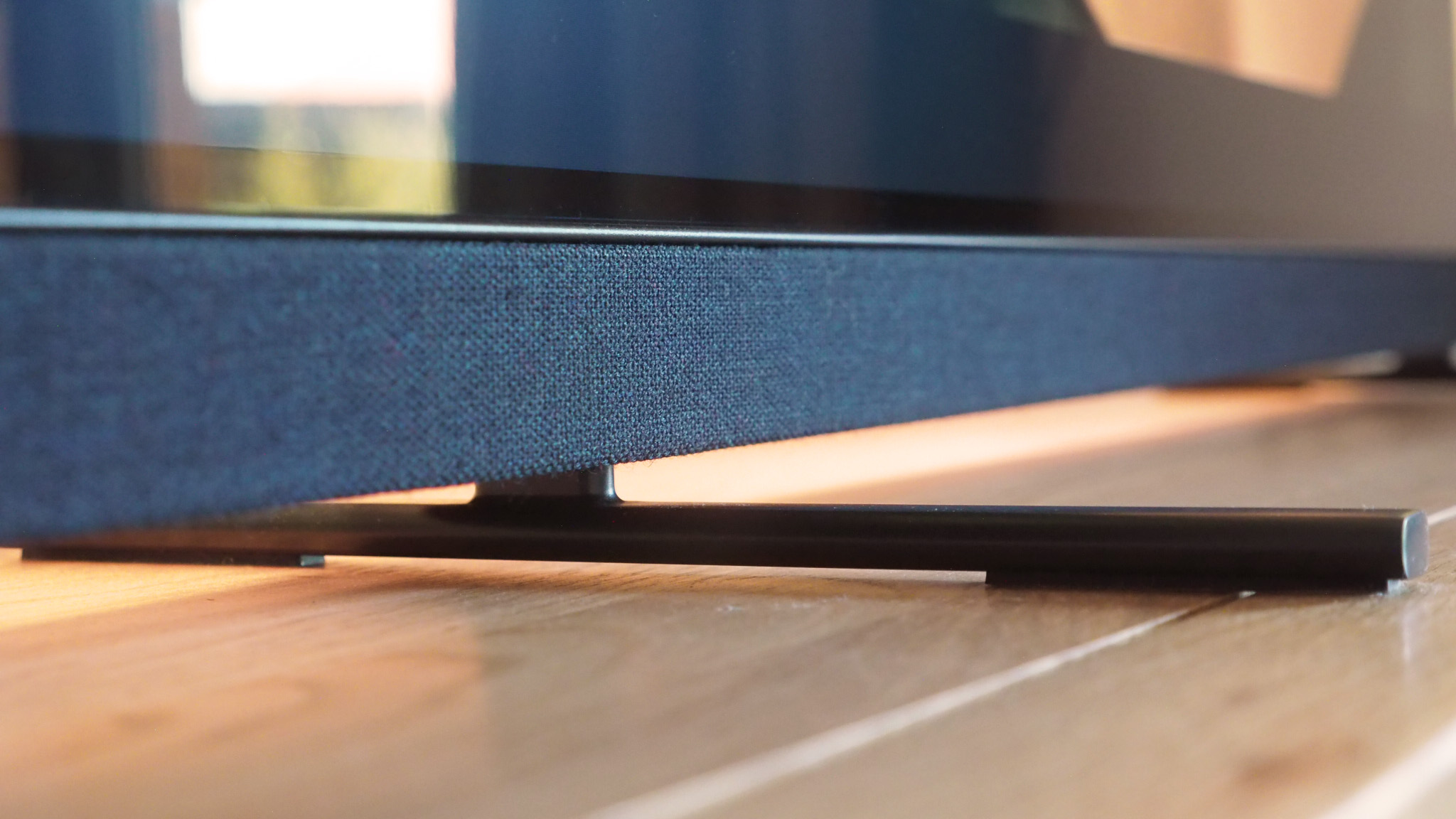
The generation-older Philips OLED 908 was delayed and only went on sale a matter of months prior to this newer OLED 909 making it to market. I'd avoid the older model, really, as the newer set upgrades in a number of key areas.
As I mentioned, the OLED 909 features an MLA (Micro-Lens Array) panel. It's actually a second-generation version of that technology, so it's super-bright – and Philips isn't shy in cranking up the peak brightness. That's paired with a new 8th Gen P5 AI processor, which is even more capable for this generation – and can deliver 4K at 144Hz (a step up over the 120Hz maximum of before), so that's a future-proof feature that gamers will appreciate.
However, only two of the four HDMI ports are the 2.1 standard (read more about that here) – and while that's not unusual, it does limit compatibility with that 4K resolution at 144Hz refresh rate from all ports. Port 2 is the HDMI eARC slot (read more about enhanced Audio Return Channel here), which I've not needed with this TV, frankly, as the built-in sound quality is superb and negates the need for passthrough from a separate soundbar.
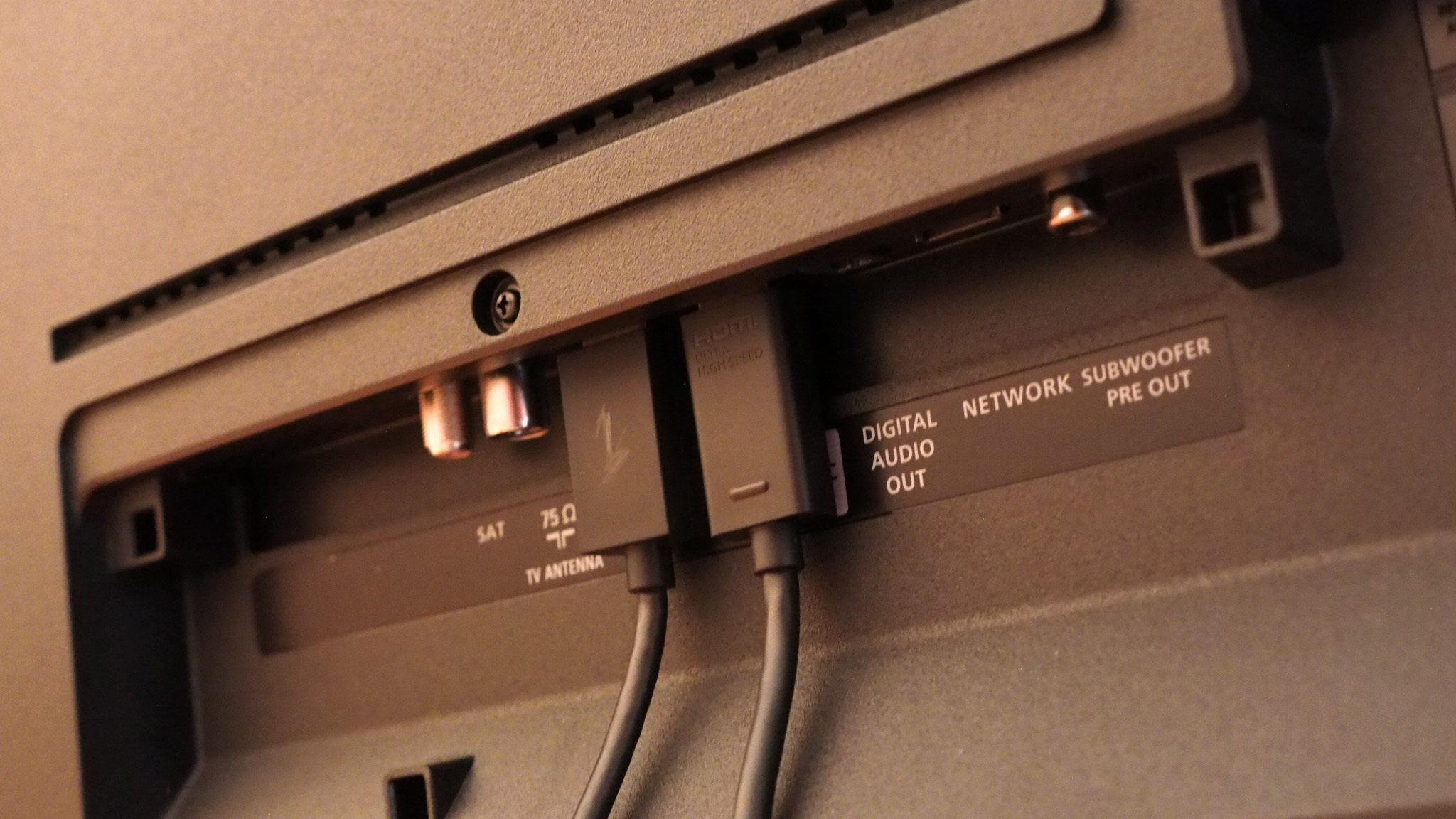
But, for me, it's the four-sided Ambilight that's the real star of the show here. Philips only offered three-sided on the previous-generation models, so the OLED 909 is a real step up – especially if you intend to wall-mount this design (there's nothing in the box to do so, though, you'll need to budget for an additional mount – and believe me it'll need to be a good one to hold the weight).
Do note there's the forthcoming Philips OLED 959, with a monolithic stand design, which features a dual processor and will debut Philips' Ambilight Plus for the first time – something that you won't get in the OLED 909, but I'm fine with the proven technology here, especially now that it's on all four edges.
Design-wise there's one subtle yet key difference in the 909's stand: it's a new two-feet design, which are spaced equidistantly from the set's centre, so gone is the centre swivel stand of the older set's design. That means the 909 can't swivel on the spot for easy access around the back of the panel.
Philips OLED 909 review: Picture Quality
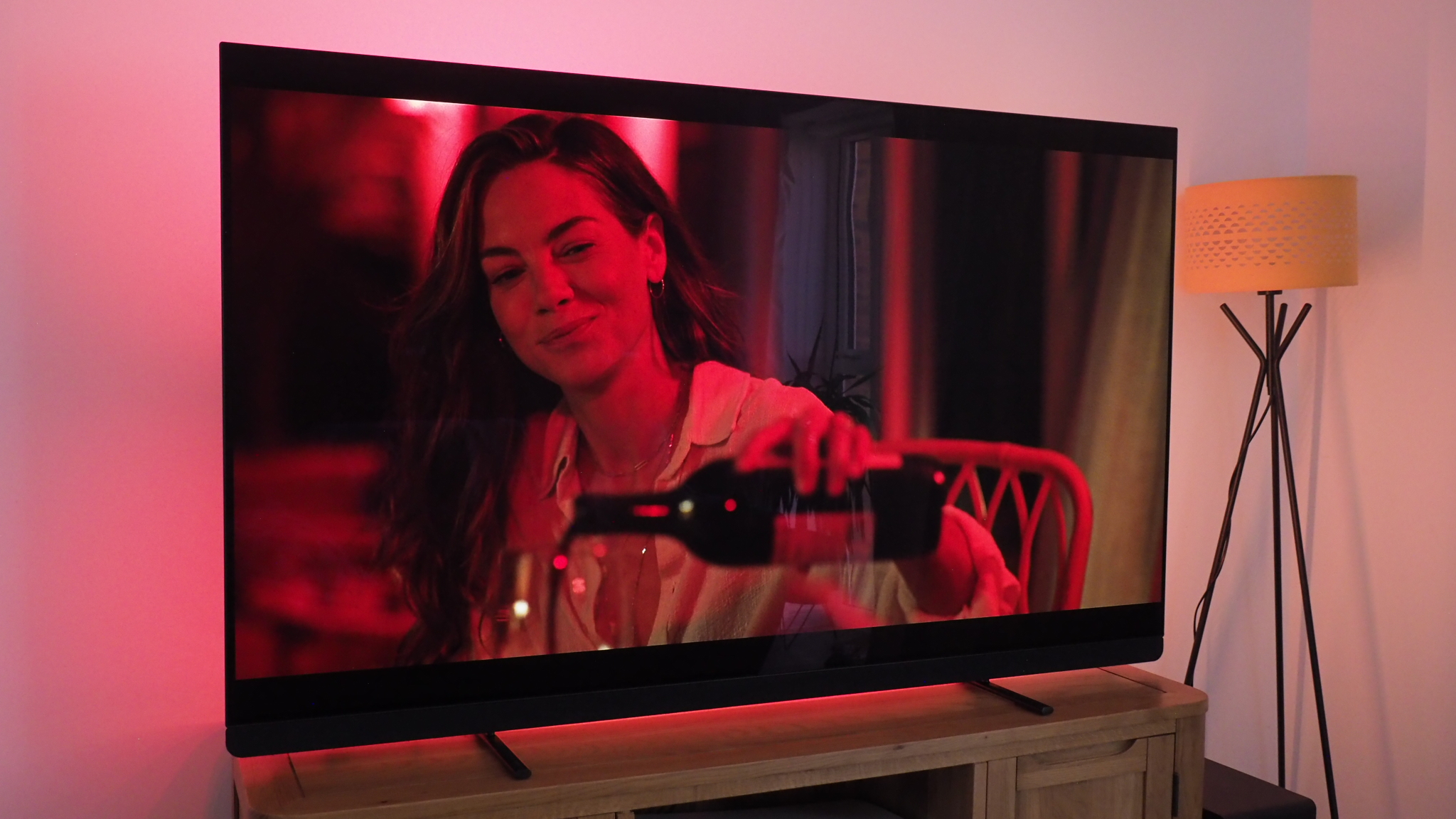
Before reviewing the Philips OLED 909, the OLED 809 was set up in my home, so I've experienced the jump from that OLED 'EX' panel type to this MLA offering, which means the 909 brings much more brightness potential. I say potential, as it depends on various settings, what content is mastered at, and so forth – so while it's technically brighter, you won't necessarily always notice it.
Where I've found the jump to be most visible – noting that the OLED 909 claims 3000 nits maximum, a 42% increase over the OLED 908's output; showing just what this second-gen panel can achieve – is when gaming. Philips offers a Game Mode, which fires straight up thanks to auto-detection, and playing various PlayStation 5 titles I found the pop of colour and brightness to be simply dazzling.
Otherwise, I have fairly similar processing-based observations with the OLED 909 as I did with the OLED 809, despite their panels' technical differences. In summary: generally incredible, with that added lick of brightness here, but a sometimes black crush in darker scenes lacks the nuance of some competitors' black-level control.
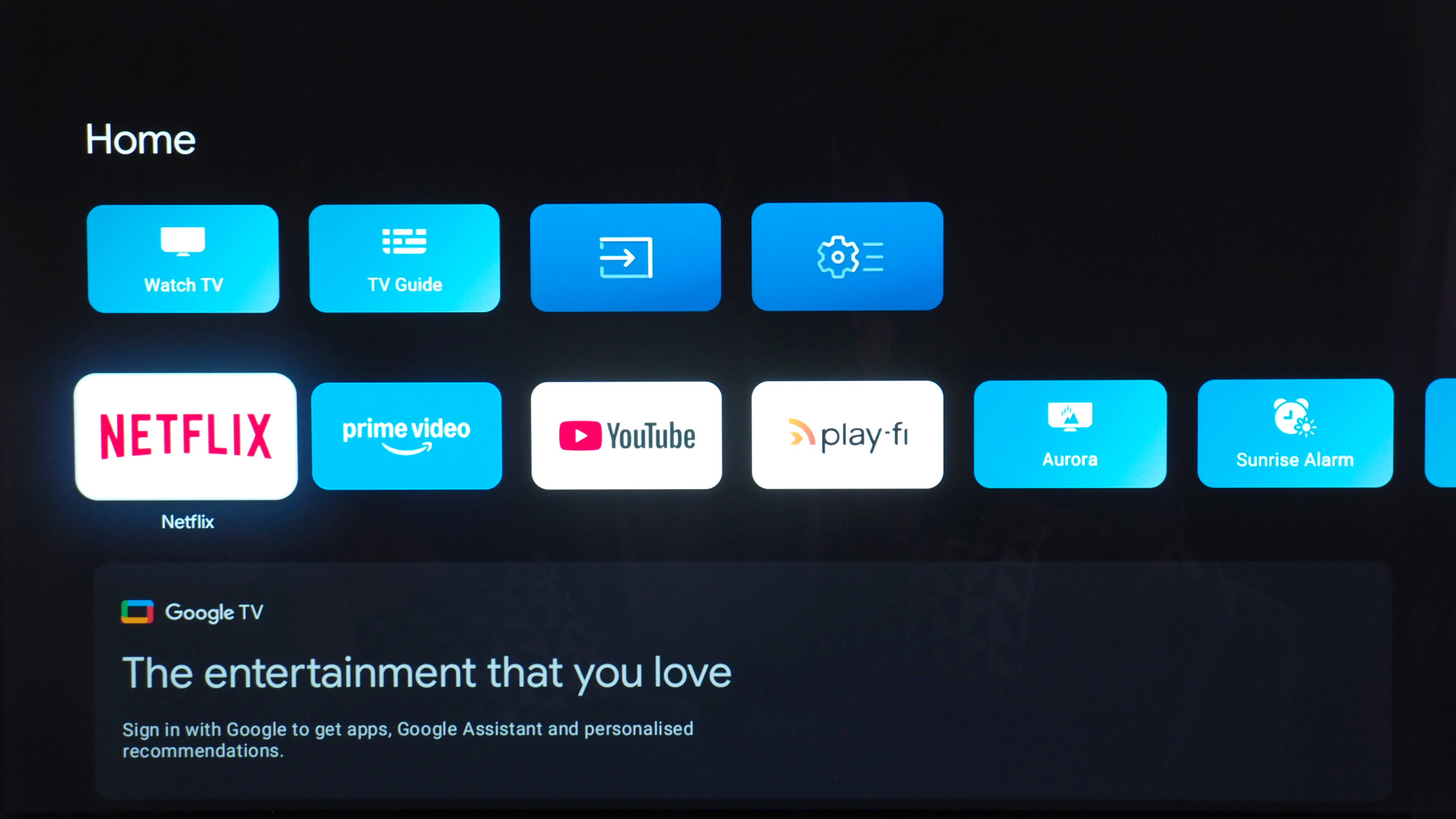
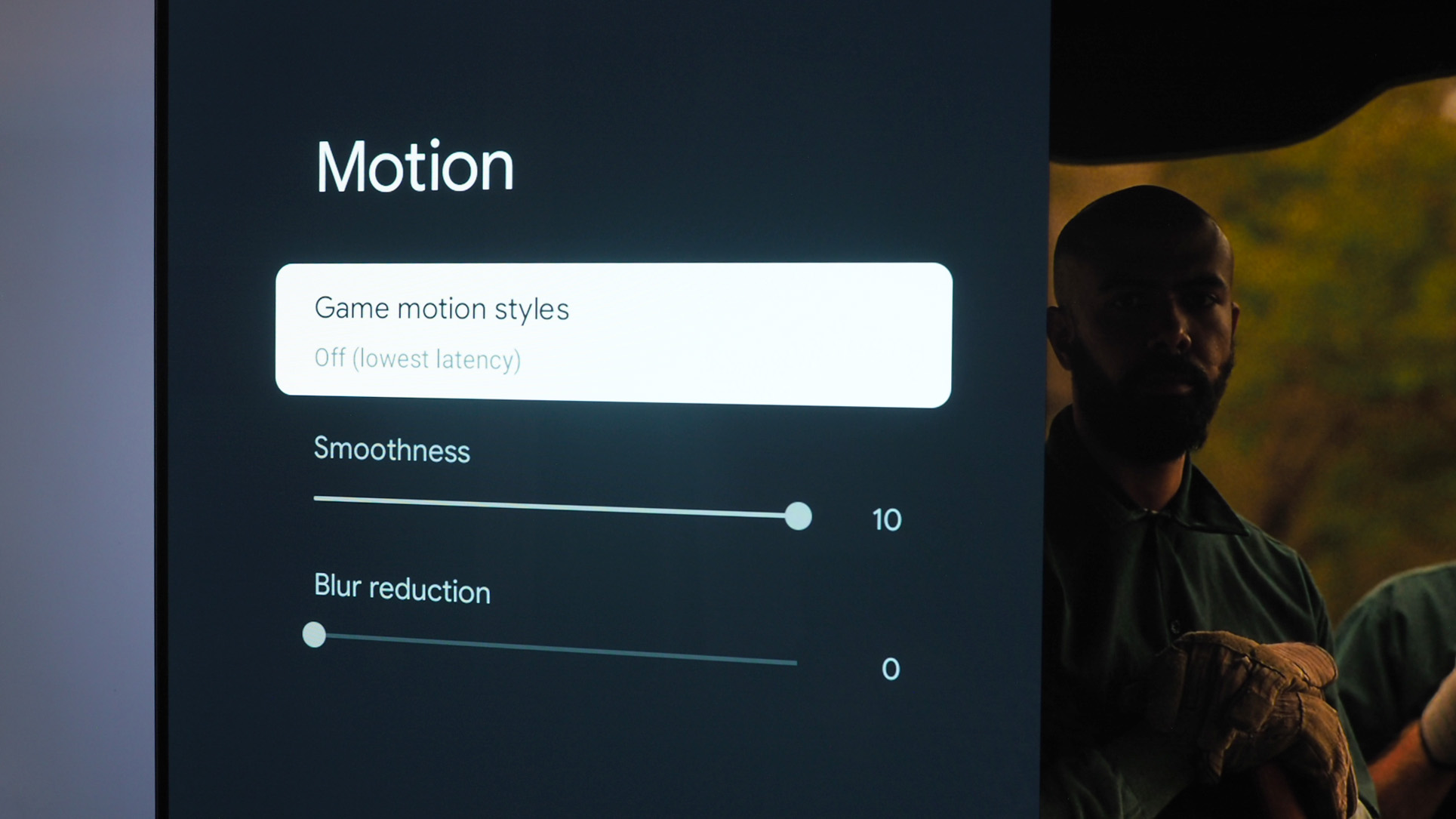
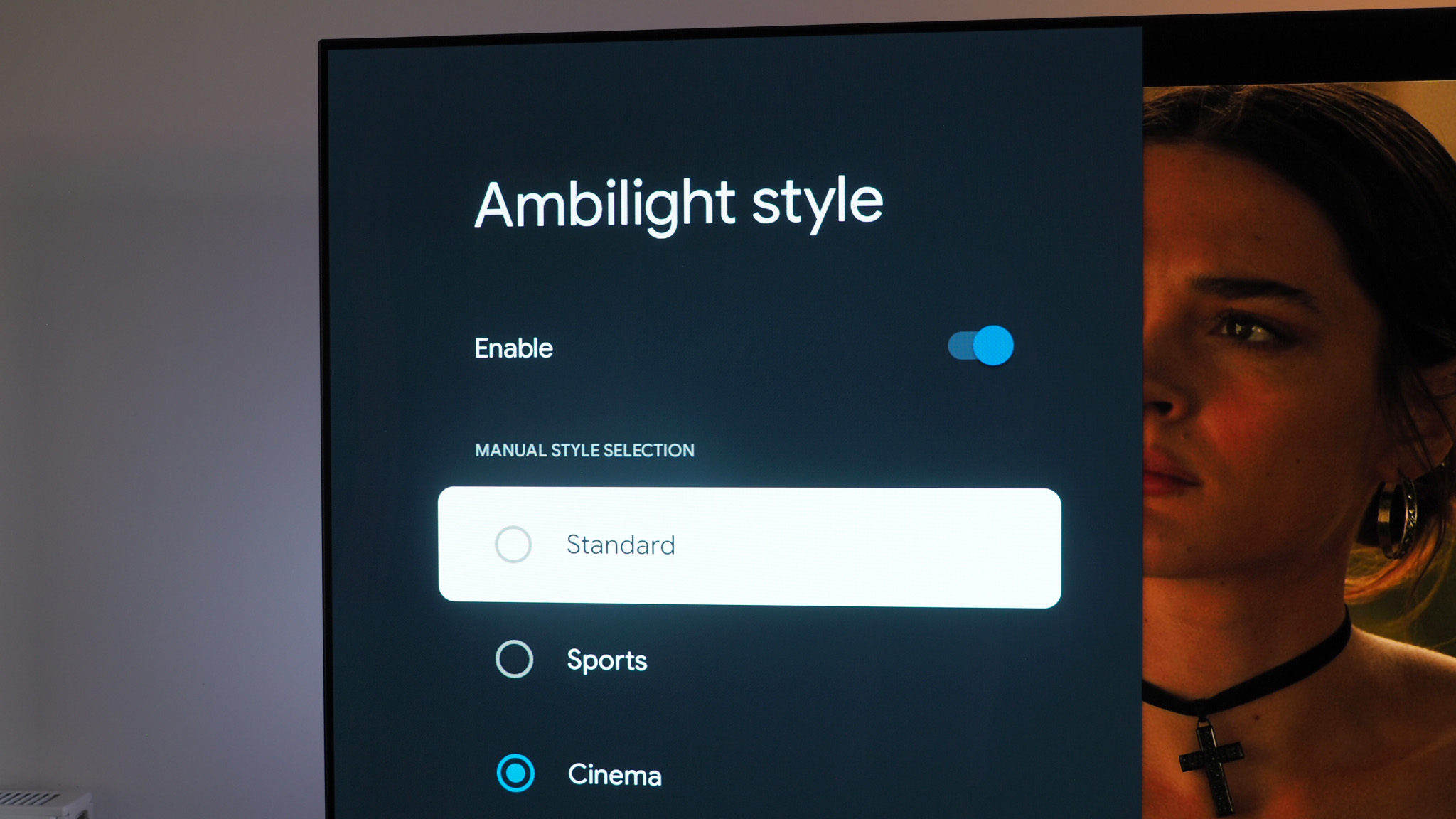
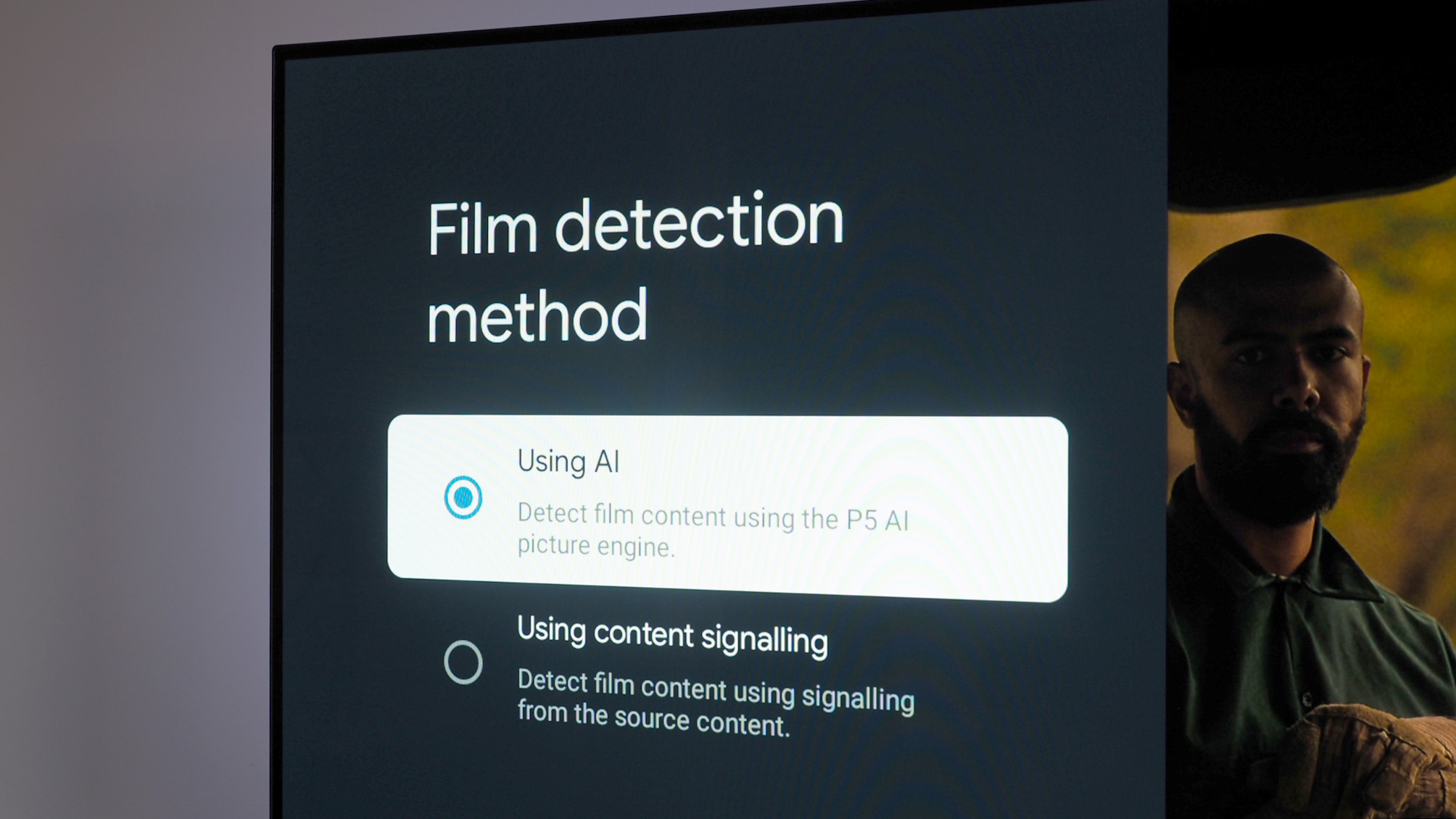
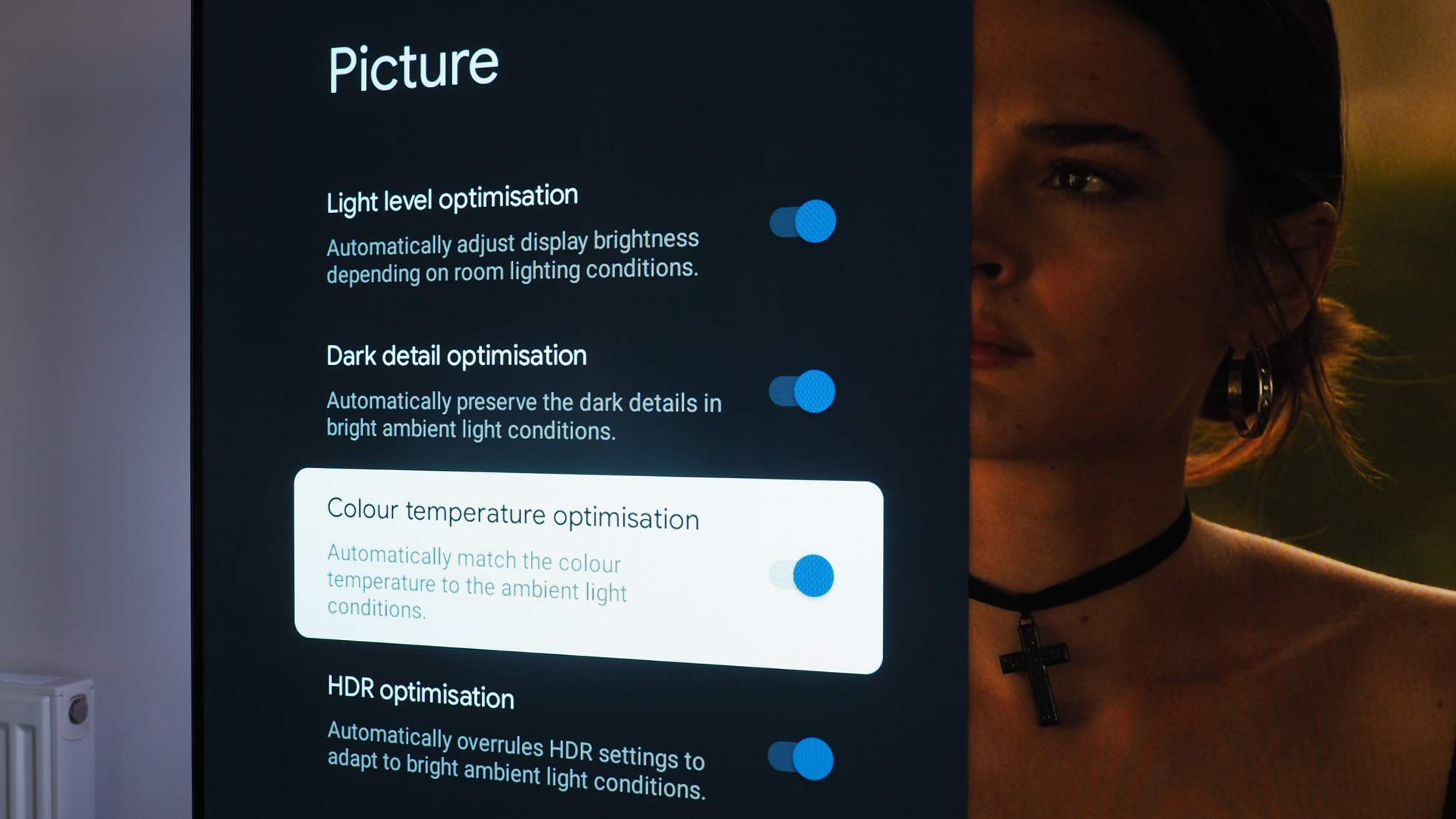
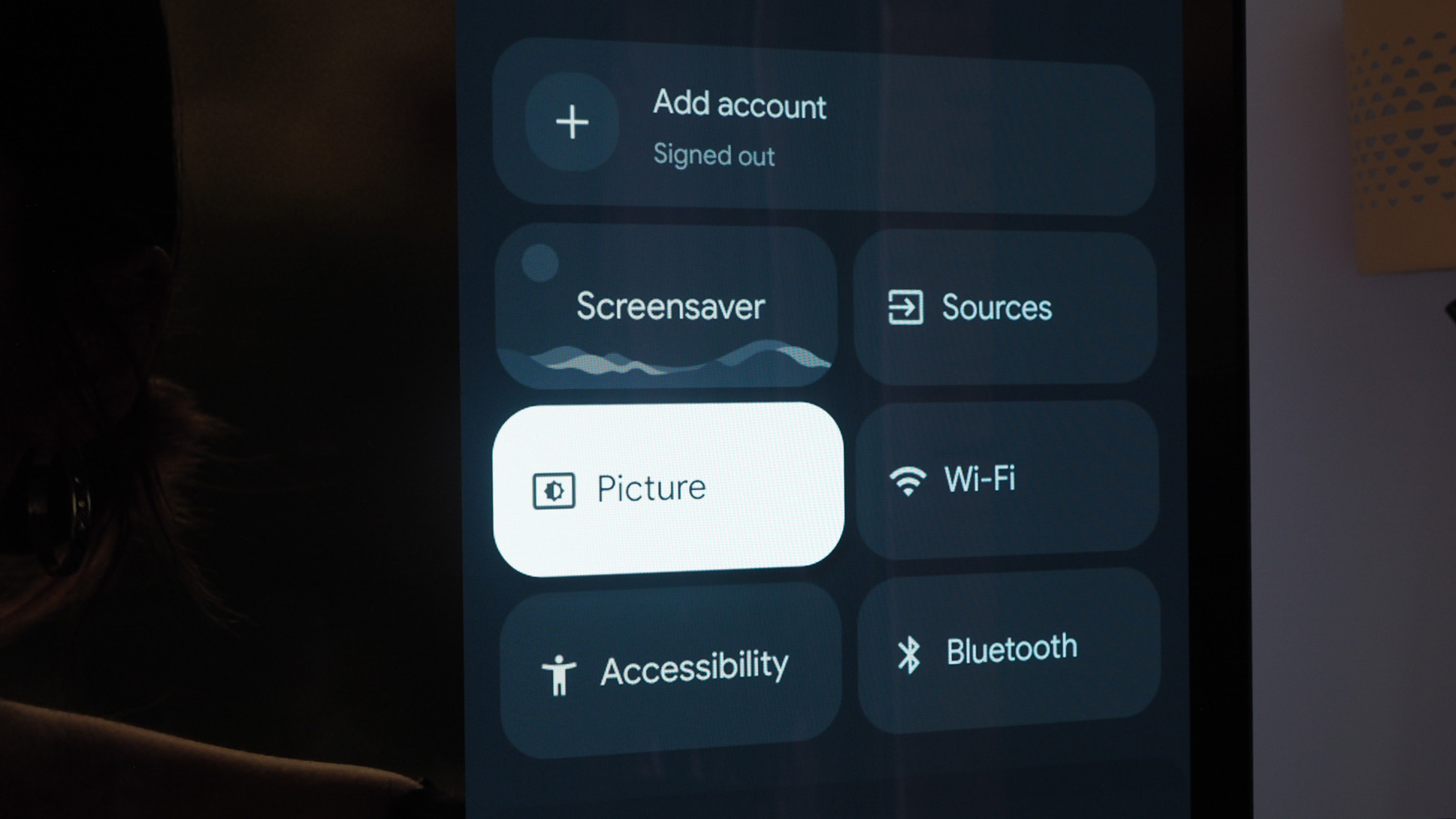
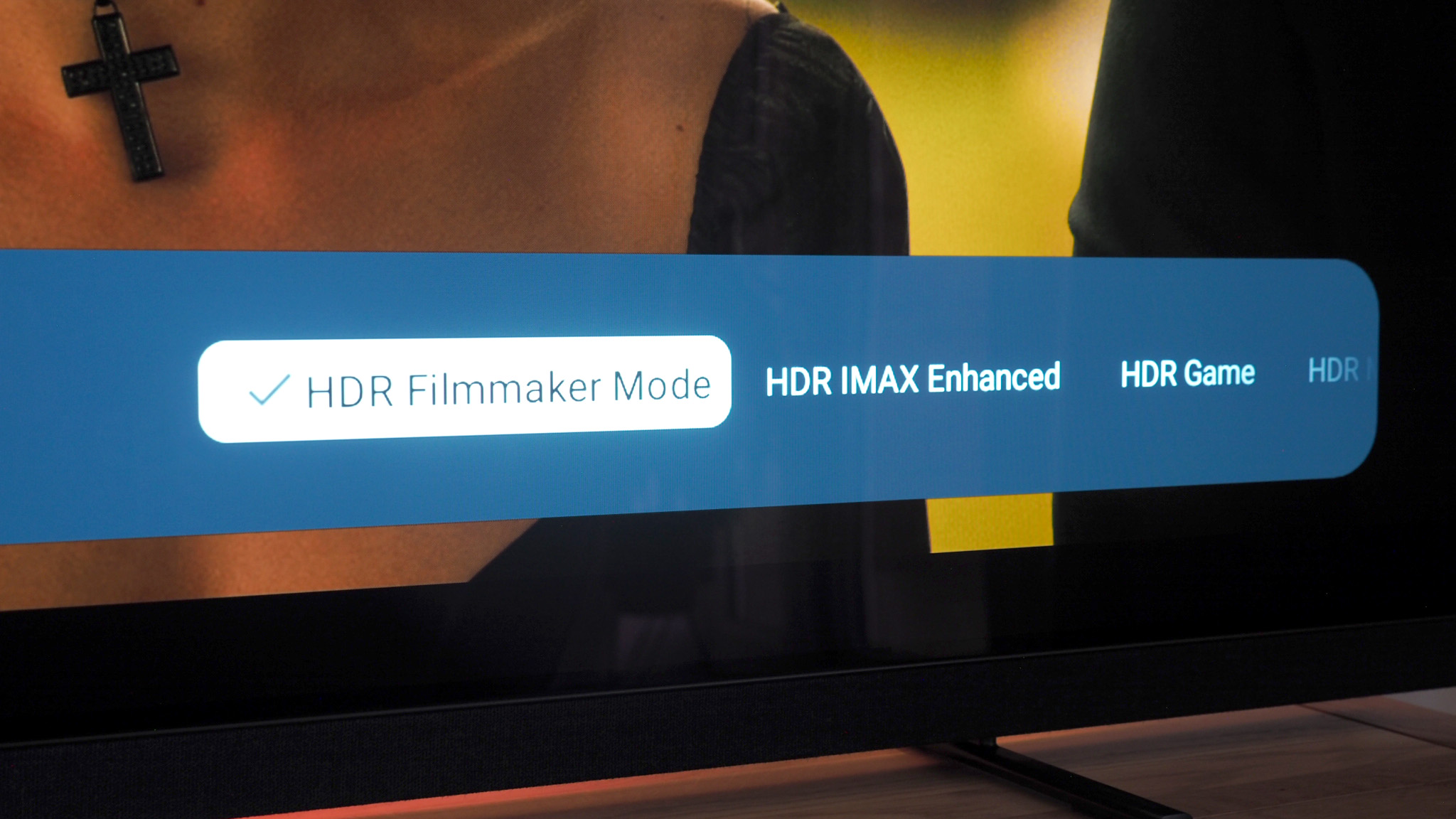
I've tested this 65-inch model with all manner of media from multiple sources – whether digging into the best streaming services or catching a 4K Blu-ray movie screening of Asteroid City. Philips' take on processing tends to go more for the 'fireworks approach' than some of its key competitors, so major contrast and uplifted colour is a positive theme from this panel.
And with Ambilight doing its thing, I love how the screen is given this floating-like appearance thanks to that surrounding field of illumination. There are various Ambilight response settings (or you can switch it off, of course), just as there are other settings to tweak all manner of visual control – you can dig deep into motion, contrast, sharpness, and balance everything to your preference.
Some of those settings have their place, but I've avoided using all of them all the time: the Dark Detail Optimisation setting, for example, raises the shadow detail, but this can enhance grain visibility, too, depending on source (it was noticeable in the Full HD quality of The Bear on Disney+, for example). Light Level Optimisation and Colour Temperature Optimisation permit automatic adjustment based on ambient light, which can be handy for living room conditions.
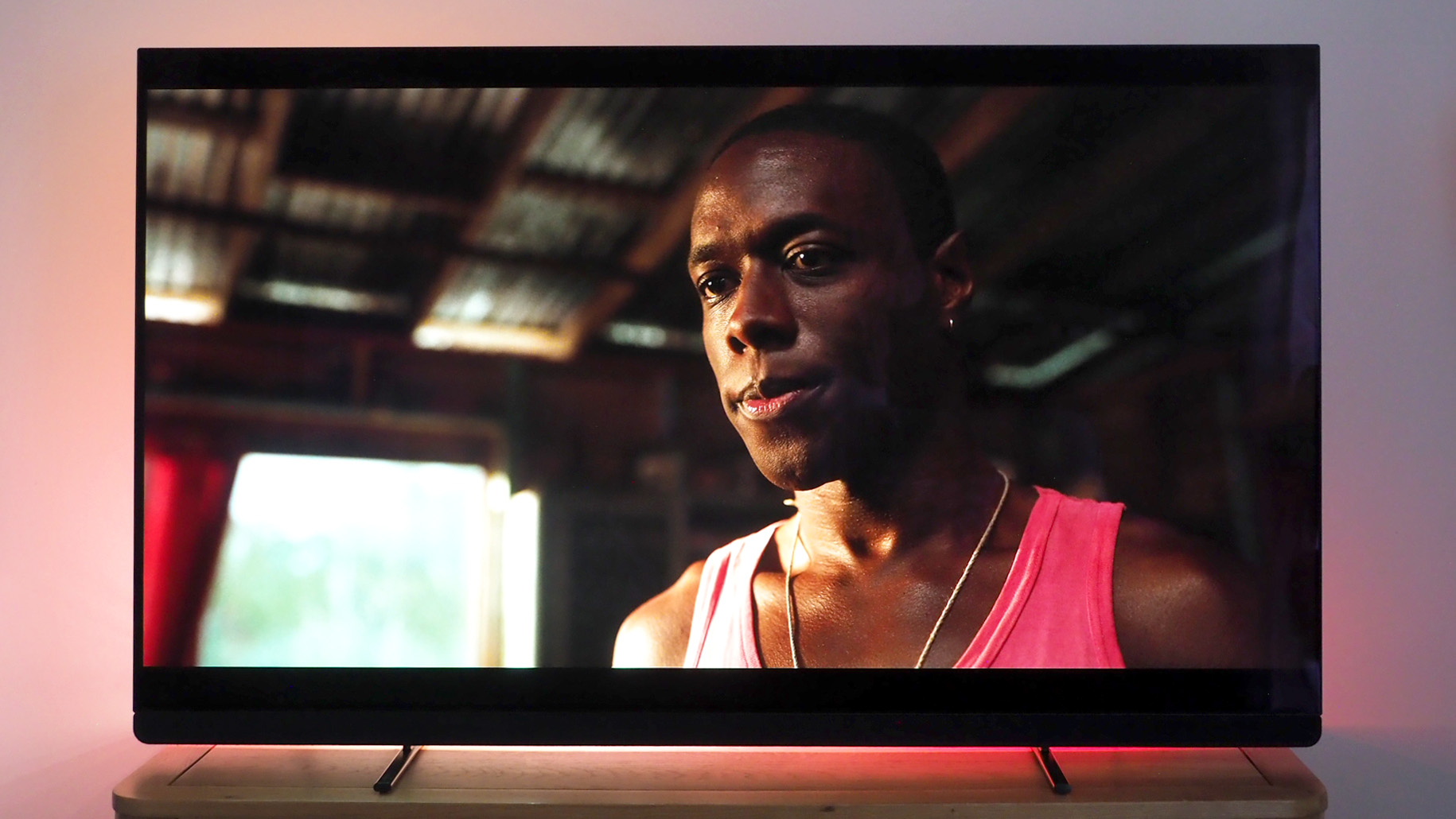
HDR Optimisation, meanwhile, overrules high dynamic range settings to adapt to bright ambient light conditions – allowing peak highlights to be even brighter, uncapping that super-bright panel's potential. Philips, like Panasonic with its Z95A, is compatible with all the main HDR formats – HDR, HDR 10+ (and Adaptive), Dolby Vision, and HLG – so there are no limitations to the source material being displayed. Personally I left this Optimisation feature off, however, as there's a visible 'flash' as it adapts to changing scenes.
With those picture settings tweaked to perfection, the Philips OLED 909 does often look as described – perfect. There's the caveat for the lowest of black levels, sure, but with a suite of quick-select modes at your fingertips – from Flimmaker Mode to Game Mode and many more – you'll be able to draw out the utmost from TV, gaming and movies. It's rich, contrast heavy and with Ambilight it's impossible to not be impressed.
Philips OLED 909 review: Sound Quality
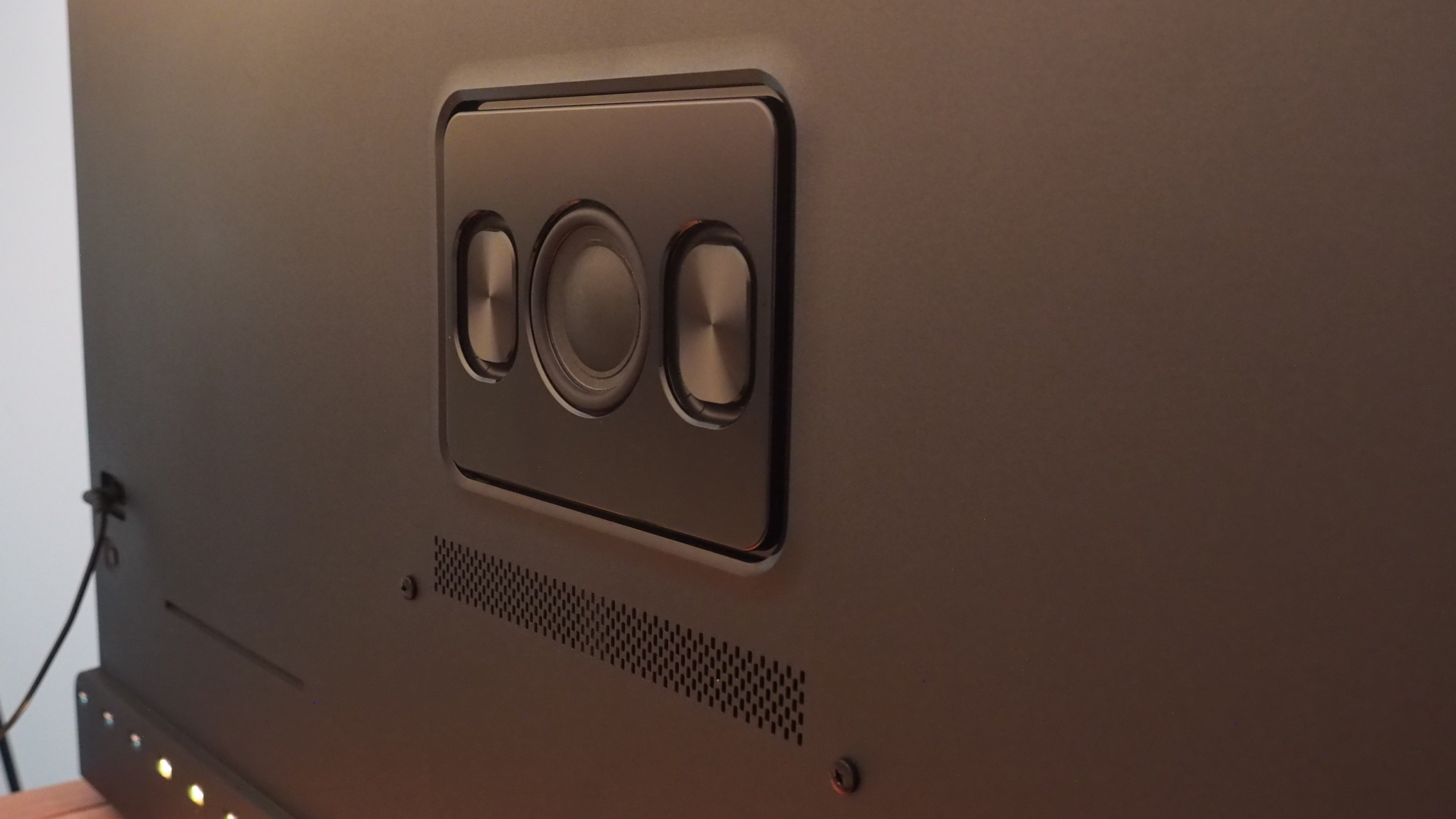
While Bowers & Wilkins' take on the step-down OLED 809 model does a decent enough job, that panel doesn't completely blow me away. The OLED 909? It's a giant leap up the sonic scale, with this built-in 3.1 system delivering truly exceptional audio. It's one of the other major reasons to buy this set in my view.
The audio is output from a material-covered soundbar-like strip to the front of the TV (which I've heard from various people divides opinion – I think it looks neat enough), while a built-in woofer and rear speakers (as pictured above) add additional heft to the overall balance. The OLED 909 can deliver truly low-level bass that's satisfying and what many competitors could only dream about. But here it's a reality.
There's no compromise in the overall quality, but if you're hoping for a mega-immersive experience then the TV's handling of three-dimensional audio formats, such as Dolby Atmos, isn't as convincing as a dedicated system or separate surround setup. You could integrate with such extras in this setup, but I honestly can't imaging that it's worth it because you'd be taking over one of the TV's key selling points.
Philips OLED 909 review: Design & Setup
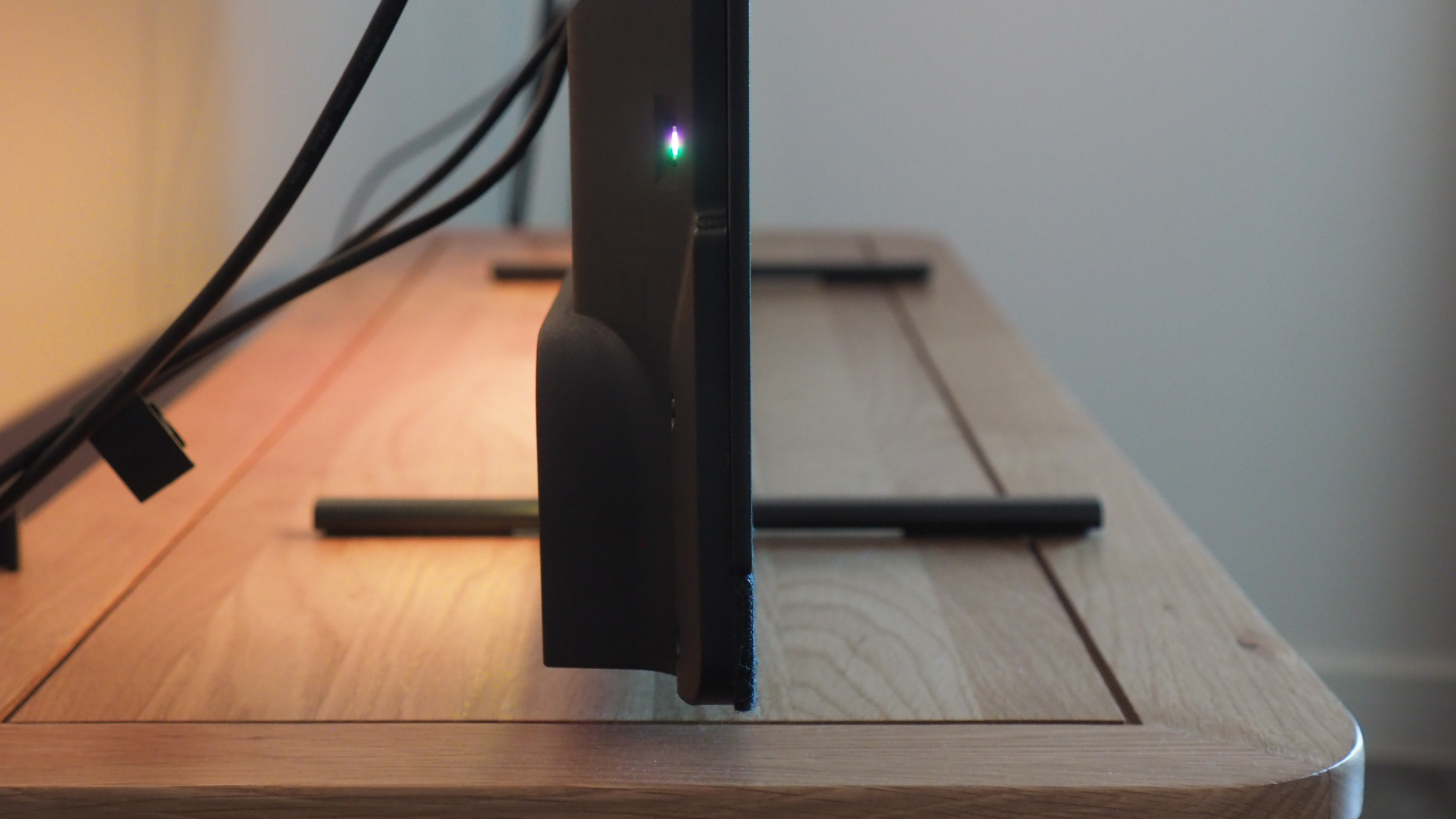
Setting up the Philips OLED 909, especially this 65-inch model, was certainly a two-person job. Even so, I managed to accidentally catch the weight of the set on my foot and, believe me, the integrated soundsystem of this setup means it weighs a whole lot more than your average set (at just under 25kg).
Bruised foot aside, with the OLED 909 setup and standing proud on my AV stand – I'm impressed that two small feet can hold it so rigidly – I got over the injury and admired the Philips' aesthetic. There's a barely-visible lip around the edge of the panel that's a couple of millimetres; the material on the speaker at the bottom is rarely visible when watching, much as I thought it might be at first.
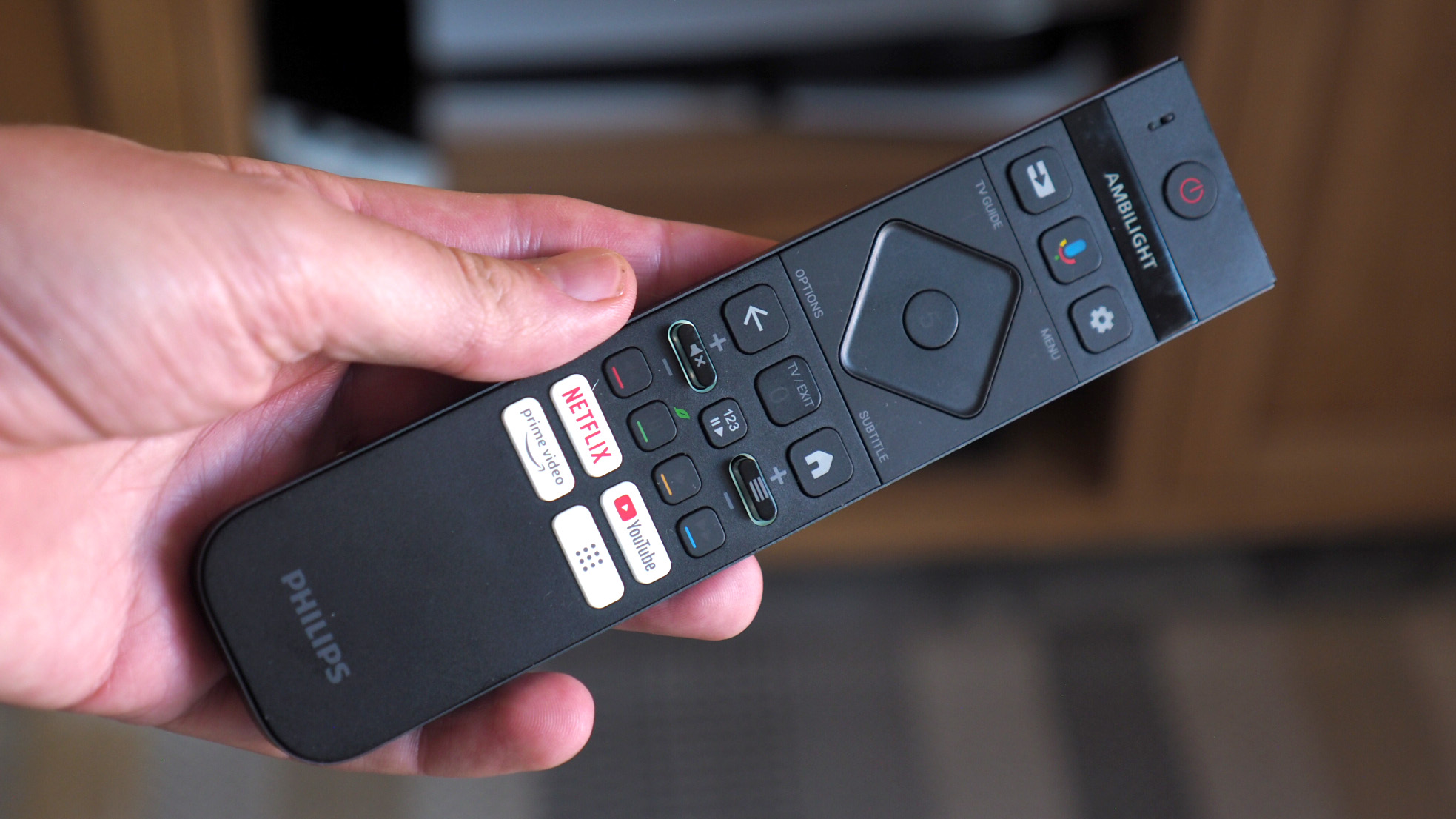
There's more to design than just the physical, and just like its OLED 809 cousin, it's here where the OLED 909 is also a bit of a mixed bag. It runs Google TV, which I don't find especially well-integrated. Certain button presses on the included remote will be met by a "Feature is not available in current mode" message, with Philips' own menus sometimes clashing with Google's. With Panasonic now offering integrated Amazon Fire TV in the Z95A, Philips has room for improvement here. There are no integrated UK catch-up apps either, which is a shame for a TV that's not even retailed internationally.
However, that Philips remote is a lovely piece of design. It features illuminating Netflix, YouTube, Prime Video and a further apps button, so does offer access to many of the best streaming services, just not region-specific. The also-illuminating volume and channel up/down buttons are raised toggles which I think have a really nice tactile feel in use too.
Philips OLED 909 review: Verdict
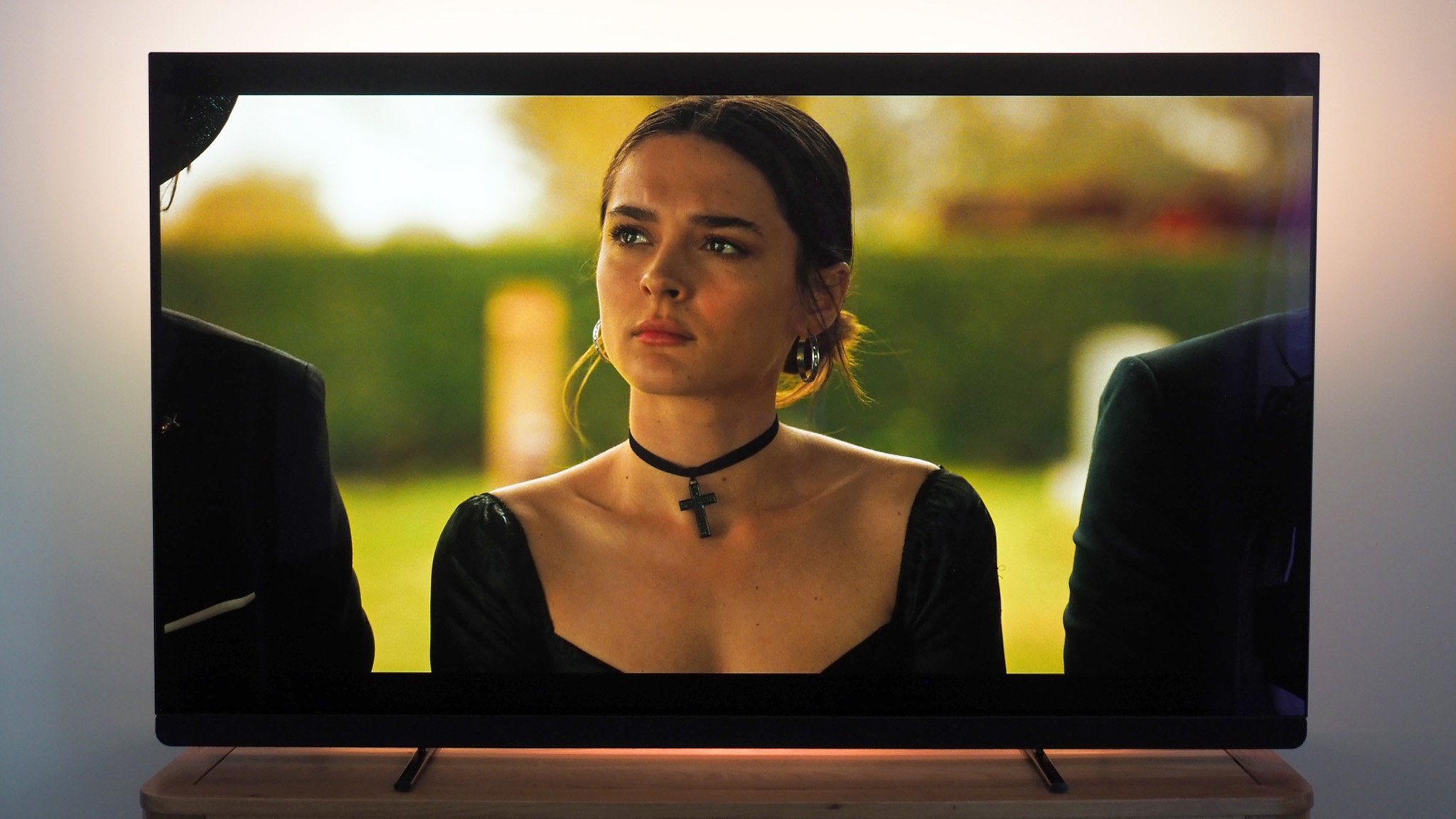
Despite some small criticisms for no UK catch-up services and Google TV not being the best implemented in my view, if you run everything through a set-top box and/or console, as I do, then those qualms quickly become non-issues. And then the Philips OLED 909 will only dazzle you with its abilities.
There are a number of key reasons to buy the Philips OLED 909: the second-generation MLA-type OLED panel is currently best-of-best, on par with its near competition, and while processing-wise it isn't the deftest with near-black scenes, the overall contrast and colour pop from this picture is stunning. Complement that with the four-sided Ambilight and the dream-like visuals really do step up a notch.
But a major reason to consider the OLED 909 is if you want an all-in-one TV that sounds stellar straight out of the box. Thanks to the Bowers & Wilkins integrated system here you won't need any additional soundbars or other boxes, which not only adds additional value to the Philips proposition, it means everything looks neater too. As an overall package, this sound and vision extravaganza is a total dream with unique appeal.
Also consider
If you do want a separate soundbar or surround system for even more immersive audio, then scrub the OLED 909 from your list and consider the LG OLED G4 instead.
If, however, Ambilight is a must, and you're okay with the step-down in brightness, then look to the Philips OLED 809. It'll cost you less too.
But if Ambilight isn't up your street and you want the best-of-best when it comes to black-level processing, then the Sony A95L – which was the T3 Awards 2024 winner of Best TV – is a pricey yet perfect offering.

Mike is T3's Tech Editor. He's been writing about consumer technology for 15 years and his beat covers phones – of which he's seen hundreds of handsets over the years – laptops, gaming, TV & audio, and more. There's little consumer tech he's not had a hand at trying, and with extensive commissioning and editing experience, he knows the industry inside out. As the former Reviews Editor at Pocket-lint for 10 years where he furthered his knowledge and expertise, whilst writing about literally thousands of products, he's also provided work for publications such as Wired, The Guardian, Metro, and more.
You must confirm your public display name before commenting
Please logout and then login again, you will then be prompted to enter your display name.
